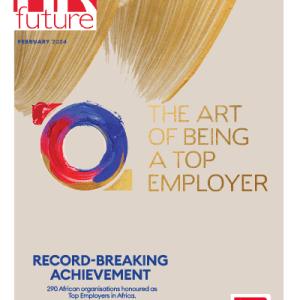Organizational charts have been used for over a century to visually depict the structure and relationships within a company or organization. While the basic concept remains the same – boxes and lines showing different roles and reporting relationships – organizational charts have evolved to become more detailed, interactive, and optimized for the digital age.
The Rise of Hierarchy Visualization
Understanding org charts first became important during the industrial revolution, when large companies with multiple layers of management were developing. Visual depictions helped everyone understand who reported to who and how different divisions and functions fit together. While originally hand drawn, typewritten charts became common by the 1950s. These basic org charts served their purpose but lacked functionality and context.
Enhancing Detail and Dimensionality
As organizations grew even larger and more complex, so did the need for more detailed org charts. Additional dimensions were added, such as showing locations, project teams, or different distribution channels. Color coding introduced further clarity around functions and seniority. Drill down capability enabled users to click into different parts of the org chart for more information. Some charts connected to active directories or HR systems to pull data in real time.
The Digital Transformation
The rise of digital transformation over the past decade has opened new possibilities for innovating on the traditional org chart. On one hand, charting software has made it easier than ever to create, update, share, and analyze org charts. Templates enable reuse, tools allow what-if scenario modelling, and analytics provide insights around span of control, open roles, and diversity. On the other hand, many organizations are breaking down old-fashioned hierarchical views of their business and turning to new ways of depicting their structure, teams, and talent that better reflect the collaborative nature of how work gets done today.
Emerging Approaches and Design Principles
As organizations evolve to adopt flatter, more agile frameworks, what some have traditionally considered the “org chart” looks much different. There is greater focus on mapping talent, relationships, decision rights, and capabilities – not just the chain of managerial command. Features like the ability to search for experts, see cross-departmental efforts, and view mobility opportunities take priority over the typical top-down chart.
These approaches also lend themselves better to matrixed organizations. Common design principles include building understanding, fostering connections, enabling collaboration, and driving business objectives – moving beyond merely documentation.
The Future of Organizational Mapping
Just as organizational designs will continue to evolve, so will the tools used to map and manage corporate structures, teams, and talent. While traditional hierarchy views will persist, the dominance of the standard org chart has already begun to diminish. People analytics, talent mobility, and network mapping are rising categories. AI will enable more automation and personalization around what information is surfaced and analyzed.
Mobile functionality will also be increasingly important. As companies become less rigid and more dynamic, organizational mapping must follow suit. Rather than merely reflecting the formal relationships, the most compelling visuals will provide visibility into the real-world opportunities and connections happening in an organization every day.
Organizational charts have moved far beyond static, hierarchical depictions of reporting lines. Powerful digital mapping tools now surface a wealth of contextual data to help executives, HR leaders, and employees better understand teams, talent, and the connectivity that drives organizational effectiveness.
While traditional org charts served past eras well, emerging approaches focused more on understanding capabilities, networks, and opportunities better reflect the accelerating pace of change in how modern work gets done.
Guest writer.














